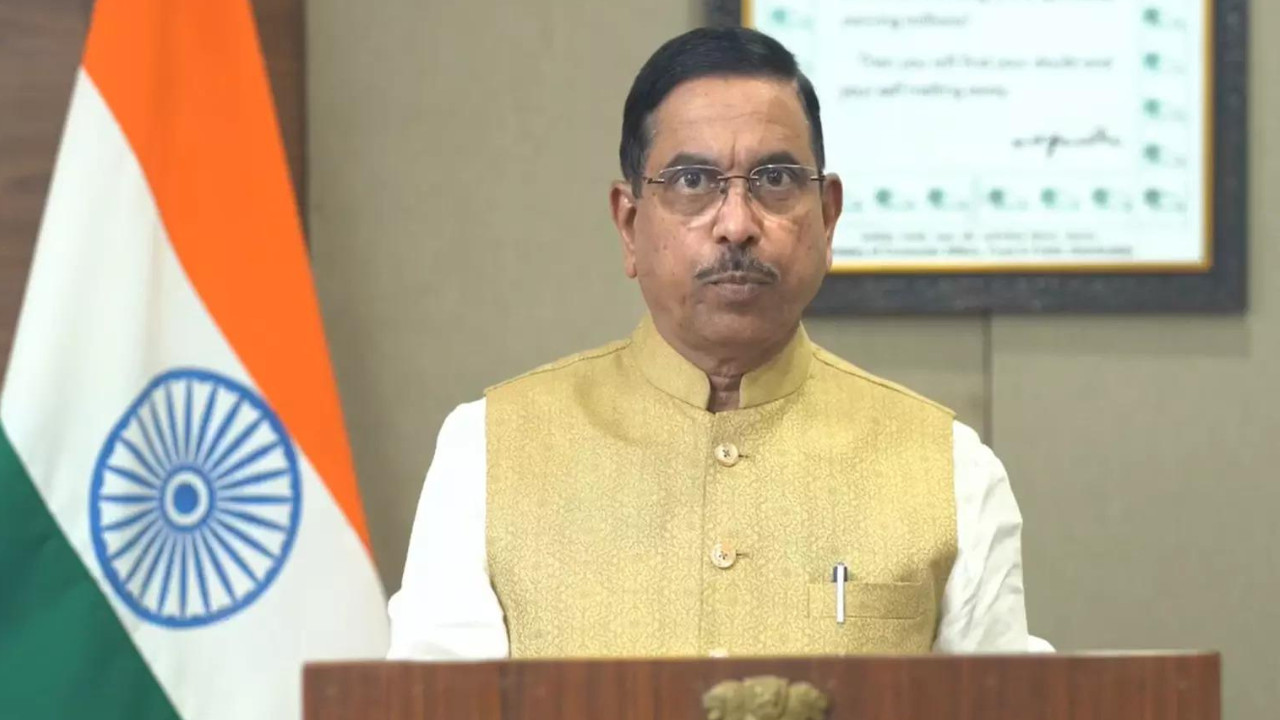Fintechs Under the Microscope: Can Innovation Outpace the Scammers?
Okay, let’s be honest, who hasn’t received a dodgy text promising unbelievable returns on investment or a suspiciously urgent email demanding immediate action on their bank account? We’re swimming in a sea of digital trickery, and it feels like the scammers are always one step ahead. And frankly, the recent buzz around Finance Minister Nirmala Sitharaman’s call to action for the fintech sector has me both intrigued and, well, a little worried.
The core message? Fintech companies, the whiz kids of the financial world, need to seriously up their game when it comes to cybersecurity. It’s not enough to be innovative and disruptive; they need to be defensively innovative too. Sitharaman didn’t mince words, urging them to proactively find solutions and prevent cyber frauds, rather than just reacting after the damage is done. And she’s right. We’re entrusting these companies with our hard-earned cash, our sensitive data, our financial futures. It’s a weighty responsibility.
But let’s rewind a bit. The rise of fintech in India has been nothing short of phenomenal. From UPI transactions that make splitting the bill with friends a breeze, to micro-lending platforms that offer financial inclusion to underserved communities, these companies have revolutionized how we manage our money. They’ve democratized access to financial services, empowered entrepreneurs, and fueled economic growth. It’s a success story, no doubt.
However, rapid growth often comes with growing pains. As fintech companies aggressively expand their user base and introduce increasingly complex products, the opportunities for exploitation by cybercriminals multiply exponentially. Think about it: more users, more data, more sophisticated algorithms – it’s a veritable playground for anyone with malicious intent.
What makes this situation even trickier is the inherent nature of the fintech landscape. Many startups are focused on speed and agility, prioritizing product development and user acquisition over robust security measures. This isn’t necessarily a malicious oversight; it’s often a matter of limited resources and a “move fast and break things” mentality. But in the world of finance, “breaking things” can have devastating consequences for individuals and the entire economy.
So, what’s the solution? Sitharaman’s emphasis on proactive measures is spot on. This isn’t just about slapping on a few security patches after a breach; it’s about building security into the very DNA of these companies. It means investing in cutting-edge technologies like AI-powered fraud detection systems, implementing multi-factor authentication protocols, and conducting regular penetration testing to identify vulnerabilities before they can be exploited.
But technology is only part of the equation. Equally important is education and awareness. Fintech companies need to empower their users with the knowledge and tools to protect themselves from scams. This could involve simple things like providing clear and concise information about phishing attacks, warning users about suspicious links, and offering readily accessible customer support channels. After all, a well-informed user is the first line of defense against cybercrime.
And then there’s the regulatory aspect. While innovation thrives on freedom, a certain level of oversight is necessary to ensure that the playing field remains fair and safe. Regulators need to work closely with fintech companies to establish clear guidelines and standards for data security and consumer protection. This doesn’t mean stifling innovation; it means creating a framework that fosters responsible growth and minimizes risk. Finding that balance – that’s the real challenge.
Beyond the technical and regulatory fixes, perhaps a shift in mindset is needed. The fintech industry needs to move away from viewing security as a cost center and start seeing it as a competitive advantage. Companies that prioritize security will build trust with their users, attract more investment, and ultimately thrive in the long run.
Ultimately, the future of fintech hinges on its ability to address the growing threat of cyber fraud. It’s not just about protecting our money; it’s about safeguarding our trust in the digital economy. If we lose that trust, the entire system could unravel. Sitharaman’s wake-up call might just be what the industry needs to step up its game and ensure that innovation serves not just progress, but also protection. I, for one, am hoping they listen. Because a future where technology empowers rather than endangers is a future worth building.







